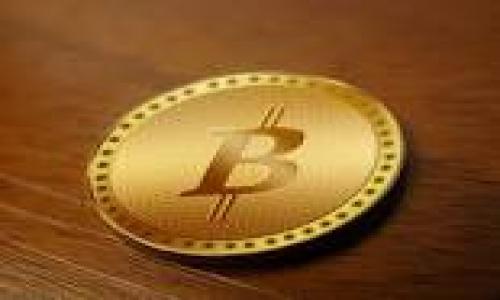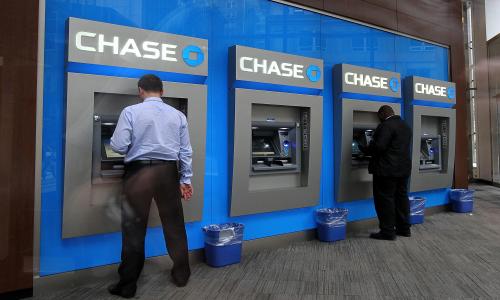The first week of 2013 continued the general downward trend in CD rates, although average online savings rates ticked up a bit. One year average CD Rates moved from 0.405% to 0.403% APY. Five year average CDs dropped from 1.159% to 1.156% APY. Average Online Savings Rates edged up from 0.737% to .742% due to FNBO Direct raising the rate of their online savings account from .65% to .85% APY.
The top nationally available rates are:
- Savings: Salem Five Direct at 1.25% APY
- 1 Year CD: ableBanking at 1.12% APY
- 3 Year CD: CIT Bank at 1.44% APY
- 5 Year CD: CIT Bank/Nationwide Bank at 1.85% APY
There are plenty of local CD rates that beat these nationally available online rates, especially in the longer-term CDs. Check local CD rates.

The difference in the rate of decline between online savings and CD rates can be viewed on the chart below, which shows the spread between online savings account rates and 12 month CDs. In the past week, this spread hit a 12 month high of .339 percentage points. Put simply, on average, online savings account rates pay .339 percentage point more than 1 year CDs, up from .23 percentage points more at the beginning of last year.

General rate environment
I am forecasting that rates will continue to gradually move lower in 2013. My reasoning includes::
- The Fed has committed to keeping rates exceptionally low as long as unemployment is above 6 1/2 percent. It currently stands at 7.9%. At the current rate of decline, it will take at least 2-3 years to get to 7.9%. If the economy picks up, it could get there sooner.
- The economy has picked up a bit of steam in the last couple of quarters. But GDP growth of 1-2% will not be enough to quickly bring down the unemployment rate. I project steady but moderate economic growth of around 2.5% in 2013.
- Bank are awash in cash from individuals and corporations and do not need more deposit dollars. Third quarter 2012 FDIC data showed banks had over $9 trillion in deposits, up from $8.5 trillion in the third quarter of 2011. Many banks are having trouble figuring out how to deploy their cash. Part of this is because of lending fears and credit quality and the other part is to do increased governmental oversight.
- Demographic trends are unfavorable. Unfortunately, the United States has entered a demographic slide. As the large baby boom generation ages and retires, this puts a large strain on the country's productivity and spending. I believe that demographics is a general driver of economic development. A young population lifts all boats. An aging will leave quite a few boats stranded and make it difficult for the others. Japan and Europe have even worse demographic problems and their economies reflect that. As China's population ages, look for its growth to ebb. This demographic slide will be a factor for the next ten to twenty years, not stopping growth, but certainly acting as a headwind.
One countervailing force is technology and progress. As I wrote last week:
"Even amidst this slow growth, relatively depressed environment, progress is occurring. The world overall is becoming richer, new technology is being developed, and ideas and businesses are taking root. I'm a bit more optimistic than the Fed that advances in communication, energy, transportation, healthcare, and other areas will boost growth sooner rather than later. Humans are an adaptable lot and ingenuity will help to mitigate many of these problems - just not this year."
This bring me to a discussion on forecasting and a discussion I began several weeks ago regarding Black Swans. I've been reading The Black Swan by Nassim Nicholas Taleb. Mr. Taleb coined the phrase to explain a events that are impossible to predict, significant and impactful, and that can only be understood in hindsight. The financial crisis in 2008 would be a Black Swan event as would 911.
He devotes many chapters to forecasting, believing that humans have absolutely no ability to forecast. In a world where history is determined by random Black Swans, forecasting looses meaning, in his opinion. He also examines several examples which demonstrate the fallacy of forecasting.
Yes, as humans we forecast all the time, sometimes more successfully than others. We forecast the weather (usually pretty successfully), we forecast fashion trends (not very successfully), we forecast the stock market (not successfully). I believe there are nuances in forecasting. A friend asked me what I thought the stock market would do in 2013 and I told him I have no idea. The stock market over short periods is random and impossible to predict. But I feel pretty comfortable that it will be mid-40s and partly sunny in Boston on Thursday, based on the local weather forecast. Weather forecasting is based on repeatable patterns.
Interest rates fall somewhere in the middle. Like the tide, they generally follow a predictable and repeatable pattern - falling when an economy goes into recession or growth slows, and rising when an economy recovers. The timing of the rise and fall is the random part. Random events (911, the financial crisis, the European debt crisis, the fiscal cliff, etc.) all impact the timing of interest rates.
So, I offer the forecast below only as a guide. Know that some random or positive event in the next year may totally alter this forecast. A scientist may discover the cure for cancer, or someone may figure out how to cheaply harness nuclear fusion. A meteor may obliterate half the world or a superbug could cause untold misery and plunge the global economy into the dark ages. Or there could one or two or more smaller Black Swans that signicantly change the course of the economy.
But, assuming we maintain the status quo for the next year or two, here's my outlook.
My outlook: Savings rates will continue to drift lower for the next 12-18 months before beginning to move higher. How high and how fast they move will depend on the government's ability to stop bickering and put a sound budget in place, the continuation of a recent economic uptick, technological advances, and the ability of Europe to put its woes behind it and resolve its fiscal problems.
Check in every week for a discussion of these factors are changing and how they impact my rate forecast. Feel free to comment with your thoughts below and add any potential Black Swans that may change the course of the economy and rates.
Savings Accounts or CDs?
The data shows that opening a savings account is a better bet than a 1-3 year term CD and I expect this to hold through 2013. Many online banks have raised their savings rates over the past six months while CD rates continue to fall.
So for now, here are my recommendations:
For money you want to keep liquid, go with online savings accounts. They offer better rates than 1-3 year CDs and have shown good rate stability over the past year.
For longer-term money, look to open 4-5 year CDs at local community banks. BestCashCow research has shown that community banks and credit unions offer the most competitive rates on longer-maturity CDs.
I believe this is the best and easiest strategy for keeping your cash liquid and maximizing your savings over the next year.

Make the best of a tough savings situation in 2013
Yields may be low in 2013 but a savvy saver can boost the return with no increase in rate by rate shopping. By shopping around, a saver can earn an extra half to full percentage point. On $100,000, that's $1,000 in extra cash per year. Remember, even in today's environment, there is competition for your cash.
As always, I welcome your thoughts and comments.







Add your Comment
or use your BestCashCow account